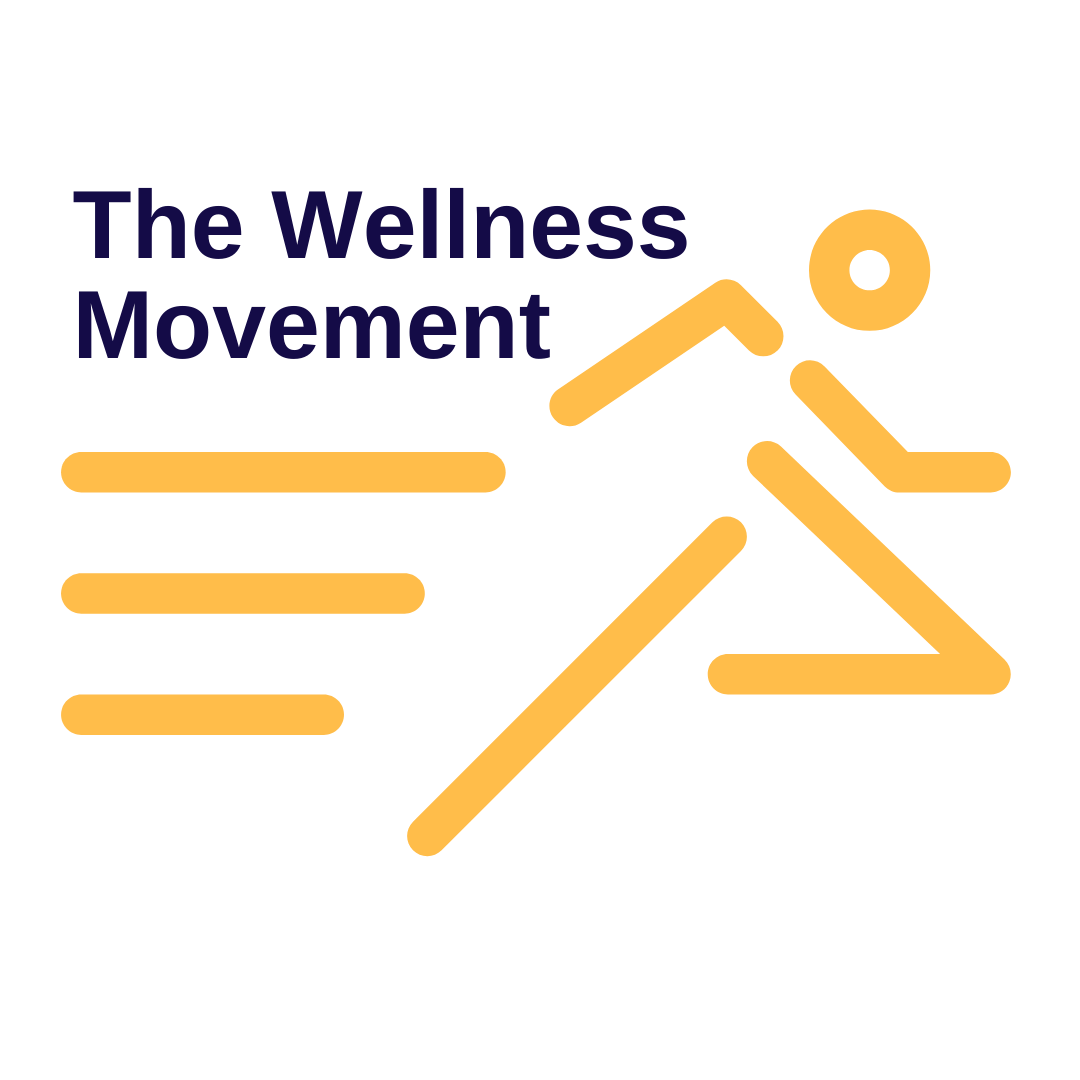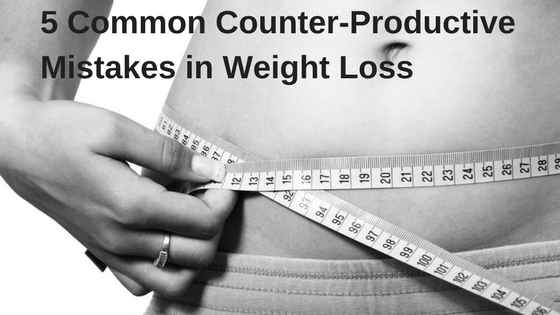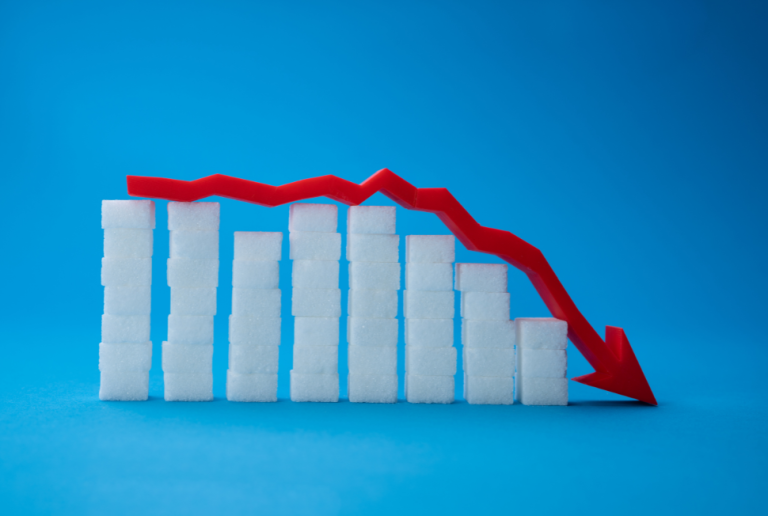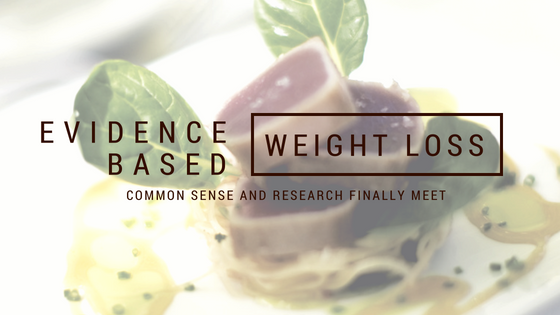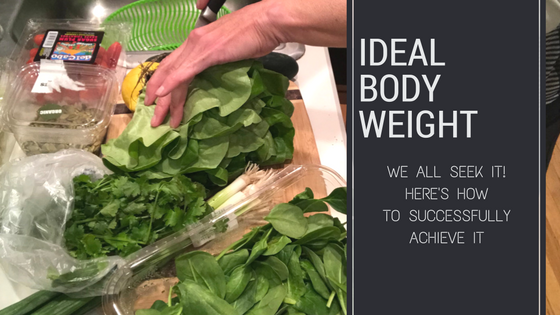5 Common Counter-Productive Mistakes in Weight Loss
By Cindy Abrami, NASM-Corrective Exercise Specialist, UESCA Running and Multisport Coach and holds a BS in Nutrition
We all have an ideal, healthy body weight we’d love to achieve and maintain and because we have incredible modern conveniences and live in an affluent country that generally doesn’t have to deal with food shortages, we have to make intentional efforts to stay properly active, strengthen our bodies and eat a proper diet. It takes discipline and an understanding of how to make correct choices. To get on the right path, it is necessary to weed through the oceans of information and mis-information, and we also need to recognize that notions of old that are engrained in us may actually be incorrect.
Back in the 1980’s and 1990’s, I recall several strategies for weight loss that were common knowledge and commonly considered the best way to achieve our goals. Science and common sense thankfully has continued to move forward and now we recognize that some of the “old advice” was not only incorrect, it actually worked against our goals.
If you are currently working to achieve and maintain your ideal, healthy body weight, make sure you’re not making these mistakes. If you are, you might be setting yourself up for failure and working against yourself.
Common “Dieting” Mistakes and What You Should Do Instead
1.Counting Calories is a mistake.
While it is scientifically true that weight loss or gain is achieved via the balance of Calories out versus Calories in, spending any amount of time trying to accurately quantify and count either of these is a waste of your time, and worse, is causing you to focus too much on energy input and output.

Simply stated, there is no way to accurately know, without a sizable margin of error, how many Calories a particular food contains, and even more importantly, how much is actually absorbed into an individual’s body. What you see on labels is a rough estimate at best and does not take into consideration changes that occur during food preparation, nor individual metabolism. The notion of calculating caloric volume for specific foods was established over 100 years ago and the databases established back then are still used today. In some cases, these estimates can be up to 50% inaccurate. Additionally, Calories per gram of a given macronutrient (protein, fat, carbohydrate) are averages and are meant to reflect what is actually absorbed, however it’s been discovered that each person absorbs Calories differently and in many cases absorb more Calories than was assumed to be absorbable.
Similarly, energy expenditure, Calories out, is equally difficult to get correct. There are a few methods that can be done in a lab to determine how many Calories an individual burns during activity, but they are still somewhat inaccurate, expensive and difficult to do and are typically not the way we calculate our own energy expenditure. Calorie expenditure figures that are provided through publications, online calculators, fitness trackers, devices and equipment are mere averages with a large margin for error. And just as we absorb and assimilate energy differently as individuals, so it is that we are unique in how we “burn” energy (Calories). There are many factors that affect how we burn energy including genes, epigenetics (external factors affecting our genes), certain types of body fat, sleep, hormones, individual metabolism, and more.
As you can see, there’s little point in attempting to count your Caloric intake and expenditure as a means to control your body weight. Besides being so inaccurate, it also causes us to focus on, sometimes obsess over, food and exercise. Yes, the fact remains that we do need to have a Caloric deficit to lose weight, and the best way to manage this is to ensure you have a good fitness regimen in place, that includes cardiovascular endurance training, strength training and other aspects of fitness, and that you eat a proper whole food diet in generally proper portions. Eat good food in amounts that satisfy your basic appetite and hold you over to your next meal. Forget Calories, focus on WHAT you are eating and putting into your body. It will make a much great impact on your weight management goals.
2. Restricting Calories is a mistake.

You do not need to and should not go hungry while trying to lose weight. Doing so will be counter-productive in a couple of ways. First, feeling hunger pangs while trying to ignore them simply draws your attention and your instinct toward the only thing that can alleviate the pang, food. You’ll find that you end up thinking about food all the time and eventually it is a losing battle. And well you should lose that battle because the other counter-productive outcome of restricting Calories to the point of enduring hunger (or worse) is that your metabolism will begin to slow down (meaning your body will find ways to conserve fat stores, stored energy, energy output). We have built-in survival reactions and when your body thinks there is not enough food available, it will begin to adapt.
You do not need to go hungry in order to lose weight. What you need to do is eat ENOUGH healthy, whole, nutrient dense food to keep you satisfied for several hours. Ensure that you are active and have a daily exercise regimen in place and then properly fuel your body to do the work. The adaptation that occurs in this case is that your body will use Calories to rebuild itself and to restore glycogen stores, repair muscle and to otherwise recover from bouts of work rather than store them as fat. Give your body a reason to USE those Calories.
3. Avoiding fat is a mistake.
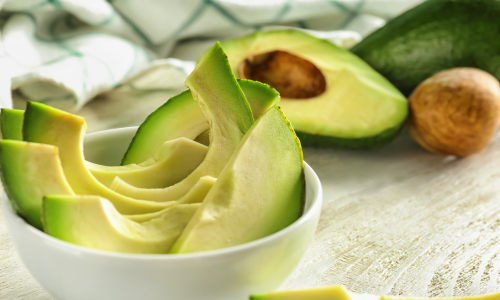
We have it drilled into our brains still. We think fat makes you fat. This was the prevailing thought in the 80’s when there was a big push to shift to a high carb, low fat diet. But low and behold, on the whole, obesity continued to rise. We’ve come to understand that fat in and of itself does not make you fat and in fact fat intake can help you lose weight. Boneless, skinless chicken breasts may not be your best friend after all. Consider this, while we all have a specific macronutrient ratio that is ideal for us, and it is very individualistic, we all need some fat. Fat prolongs the digestive process by slowing the stomach’s excretion of hydrochloric acid and therefore promotes a feeling of fullness for a longer period of time. Hence, with a good amount of healthy fat in your diet, you ultimately eat less (without feeling hungry). While a boneless, skinless chicken breast is lower in fat, it is likely that it won’t hold you over as well as a nice juicy chicken thigh. Don’t be afraid of good, healthy fat in your diet. Just make sure that you’re consuming healthy fat that is naturally occurring in meat, animal products and other whole foods. Pay attention to how full you feel and how long you go before feeling hungry again. You’ll soon discover that fat is your friend.
4. Thinking that good, hard workouts earn you Calorie splurges is a mistake.
Working out nice and hard is an amazing thing and from it you will experience many benefits and a feeling of confidence and accomplishment. The sweat is worth it but all of that hard work can be erased if your nutrition falls out of line. Fit people generally don’t have the mindset that their hard work allows them to eat whatever and however they want. Rather, they understand that their bodies are a fine-tuned machine that needs high octane gasoline. Work hard, eat good.
5. Doing only low intensity cardiovascular exercise is a mistake.

This last one pertains to energy expenditure rather than intake. Low intensity cardiovascular exercise is that which does not cause a significant increase in heart rate during effort but is rather a long, slow type of activity. This can be noted for instance in a long, slow run that keeps the heart rate only slightly elevated and the pace is very comfortable. Similar to Calorie restriction, this type of activity can put the body into a fat sparing mode that ultimately can be counter-productive to the goal unless it is properly balanced with other levels of intensity. This effort can be held for long periods of time and is not in and of itself bad, but it is not the only type of cardiovascular exercise that you need. Long, slow efforts can be a great endurance builder and an important part of any fitness plan but in addition, we need to stress our cardiovascular system differently, with some higher intensity efforts. High intensity interval training is a common way to achieve this and includes shorter bouts of high effort followed by bouts of rest. High intensity workouts can be much shorter in duration while producing great Calorie expenditure and positive changes in metabolism. To achieve ideal and healthy body weight, ensure that you’re doing at least one high intensity type of workout per week, ideally two per week.
We’ve come a long way in the past few decades, understanding healthy sustainable practices that ensure healthy and ideal body weight. Now it’s time to let go of the old way of thinking and realize that the whole process can be very simple (not easy but simple) such that a few significant lifestyle changes can make all the difference. Let go of processes that actually are working against you. To do so, it might take a bit of a paradigm shift in your thinking but soon you’ll realize that the reality is food is our friend and is simply an amazing fuel that allows us to work and use our bodies according to their innate purpose, and will help us regain and/or maintain our health and ensure an active future.
